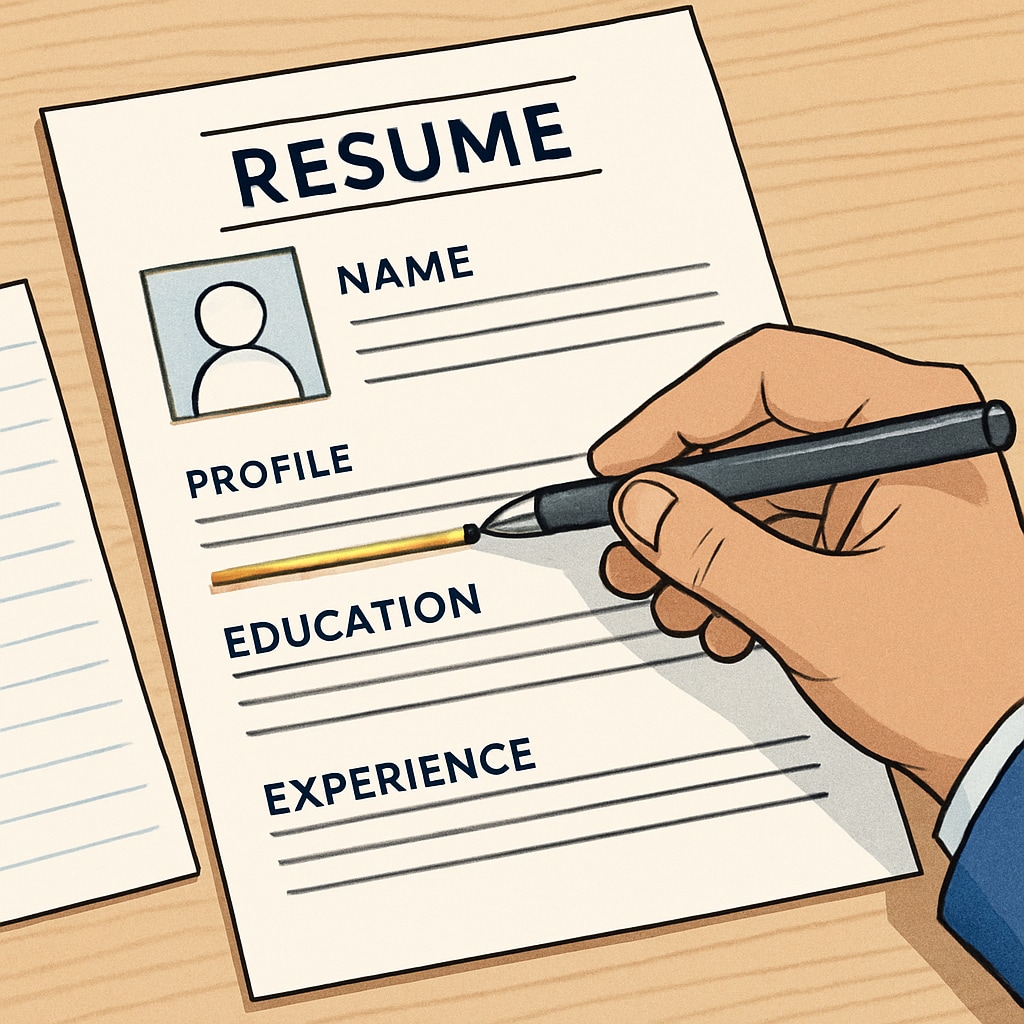When it comes to advancing your career as a K12 educator, understanding how to tailor your resume for the Canadian job market is essential. Crafting a standout resume not only highlights your qualifications but also aligns with the specific expectations of Canadian employers. This article provides professional guidance to help educators navigate the competitive landscape and increase their chances of landing their dream teaching role.
Understanding the Canadian Job Market for Educators
Canada’s education system is globally recognized for its high standards, making it a desirable destination for K12 teachers seeking new opportunities. However, the hiring process in Canada has its own unique nuances. For example, resumes in Canada are often expected to be concise, focusing on achievements rather than tasks. Additionally, cultural sensitivities and bilingual requirements (in provinces like Quebec) can play a critical role in how your resume is perceived.
To succeed, educators must adapt their resumes to meet these expectations while showcasing their international teaching experience as an asset. Understanding these distinctions can make all the difference in standing out to Canadian employers.

Key Elements of a Winning K12 Teacher Resume
While resumes can vary by profession, there are specific elements that K12 educators should emphasize when applying in Canada. Here are the critical components:
- Contact Information: Include your full name, phone number, email address, and LinkedIn profile. Avoid adding personal details like age or marital status, as these are not commonly included in Canadian resumes.
- Professional Summary: Begin with a brief, compelling summary that highlights your teaching experience, key skills, and career goals.
- Educational Background: Clearly list your degrees and certifications, specifying any Canadian equivalencies if applicable.
- Teaching Experience: Focus on your accomplishments, such as increasing student performance or implementing innovative teaching methods.
- Skills Section: Emphasize both hard and soft skills, such as curriculum development, classroom management, and communication.
Additionally, tailoring your resume for specific teaching positions is crucial. Use keywords from the job posting to align your application with the employer’s needs.
Common Mistakes to Avoid
Even the most qualified educators can miss opportunities due to common resume mistakes. Here’s what to watch out for:
- Overloading with Information: Keep your resume concise, ideally one to two pages.
- Generic Content: Avoid sending the same resume to every application. Customize it for each role and school.
- Neglecting Format: Use a clean, professional layout with consistent fonts and headings.
- Omitting Canadian Context: If you’re an international applicant, research how your experience relates to the Canadian curriculum and standards.
By addressing these common pitfalls, you can ensure that your resume reflects your professionalism and readiness for the Canadian teaching landscape.

Final Steps: Preparing for Success
Once your resume is polished, don’t forget the final steps. Always include a tailored cover letter that complements your resume and explains why you’re a great fit for the specific role. Additionally, prepare a list of references who can attest to your teaching skills and professionalism.
In conclusion, crafting a winning resume is not just about showcasing your qualifications; it’s about aligning with the expectations of the Canadian job market. By understanding local norms, avoiding common mistakes, and tailoring your application, you’ll be well-positioned to take the next step in your teaching career.
Readability guidance: Use short paragraphs and bullet points to summarize key ideas. Keep sentences concise, avoid excessive passive voice, and incorporate transition words for clarity.


